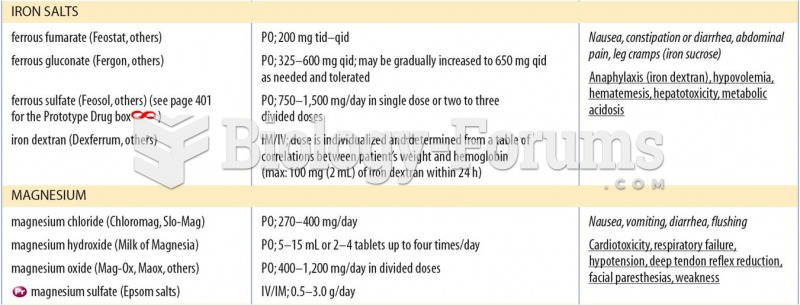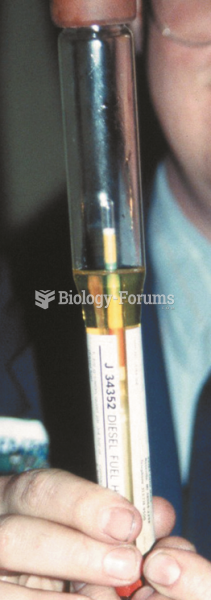|
|
|
Amoebae are the simplest type of protozoans, and are characterized by a feeding and dividing trophozoite stage that moves by temporary extensions called pseudopodia or false feet.
Asthma-like symptoms were first recorded about 3,500 years ago in Egypt. The first manuscript specifically written about asthma was in the year 1190, describing a condition characterized by sudden breathlessness. The treatments listed in this manuscript include chicken soup, herbs, and sexual abstinence.
The oldest recorded age was 122. Madame Jeanne Calment was born in France in 1875 and died in 1997. She was a vegetarian and loved olive oil, port wine, and chocolate.
Critical care patients are twice as likely to receive the wrong medication. Of these errors, 20% are life-threatening, and 42% require additional life-sustaining treatments.
The first documented use of surgical anesthesia in the United States was in Connecticut in 1844.
 Comparison of normal-shaped erythro- cytes and the abnormal sickle shape noted in patients with sick
Comparison of normal-shaped erythro- cytes and the abnormal sickle shape noted in patients with sick
 Black and white patients enrolled in Medicare do not receive the same medical treatment, even when ...
Black and white patients enrolled in Medicare do not receive the same medical treatment, even when ...





